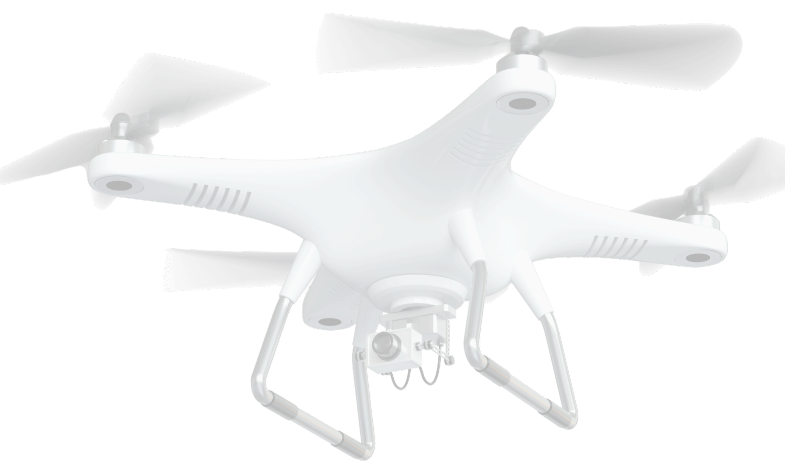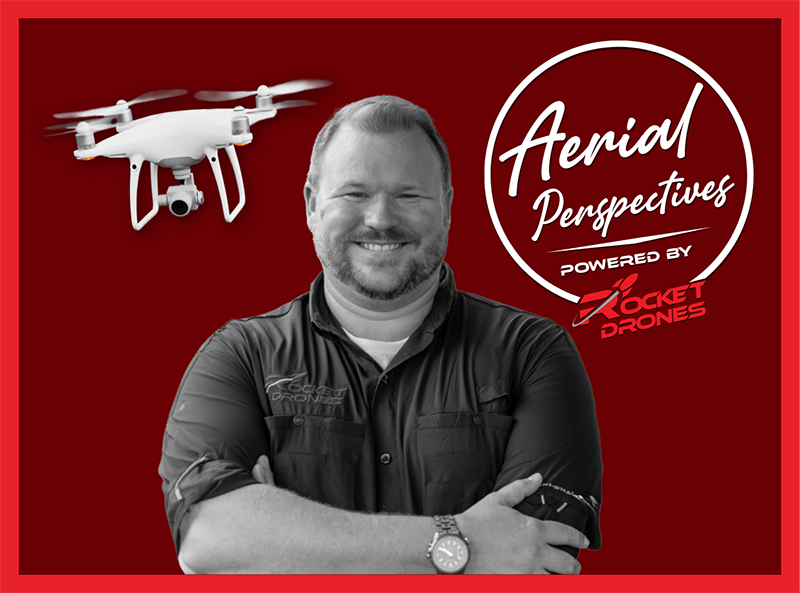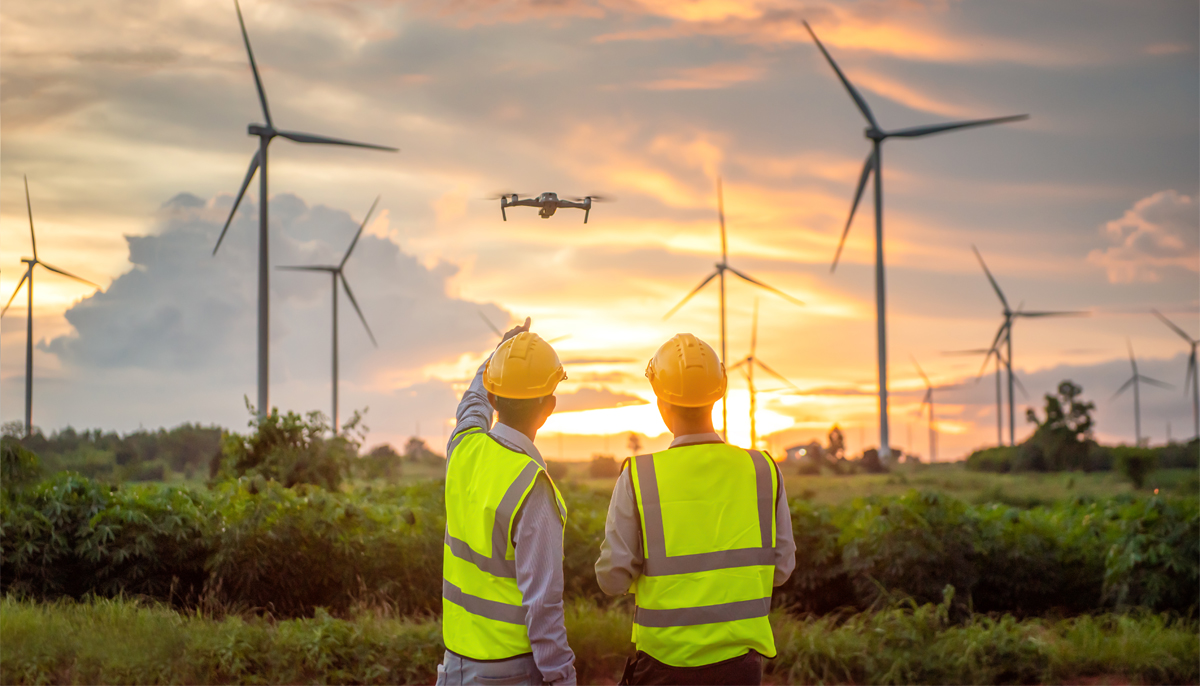
How Far Can a Drone Fly?
Flying a drone can be a lot of fun. Many first-time users and enthusiasts enjoy testing the limitations of their drone. How long can it stay airborne? How far away can it fly from the controller before losing transmission? Before you go out and run a test of your own, there are quite a few things you should take into consideration. At Rocket Drones, we have flown everything from long-distance heavy load drones to classroom learning drones. In this article, we will discuss how far a drone can fly and best practices when it comes to flying your drone at a safe distance.
Observe All FAA Regulations
Before getting into the details of how far a drone can fly in theory, it’s important to understand that what your drone is capable of doing and what is legal are two different things. The Federal Aviation Administration in the United States has strict guidelines in place to protect manned aircraft from midair collisions. When flying a small UAS in the United States, you need to observe the following distance and speed regulations at a minimum.
- Do not exceed over 100 mph of groundspeed.
- Do not fly over 400 feet above ground level.
- Do not fly in conditions with less than 3 statute miles of visibility.
- Do not fly within 500 feet vertically or 2,000 feet horizontally from clouds.
And those are just a handful of regulations put in place to ensure safe flight. There are also several other laws, including nighttime flying and flying over populated areas. To ensure you are following all of the latest directives from the FAA, always check their website before launching.
Practical Tips for Flying a Drone
If you have an affinity for long-distance flying or testing, you should remember that what is practical for drone flying is the most important thing. What are you trying to accomplish at a distance? What are your goals during this flight? Below are a handful of best practices to remember when flying a photography drone with a controller.
Always Maintain Line of Sight
While you have a camera feed from your drone in your controller, you must always maintain line of sight with your drone. This means that, if you can’t look up from your controller and see your drone, it’s too far away. This is especially critical when flying in heavily obstructed areas and obstacles that make maintaining a positive view of the drone difficult.
Keep An Eye on Battery Life
Think about it. If you simply push your drone to its limits on distance and to the edge of transmission, you could end up in a scenario where you exhaust the battery. This would mean that you would not be able to have the drone return to you. Instead, you would have to travel to recover it, potentially causing a hazardous situation if it landed in a complex location or completely losing the drone.
Keep a Spotter If Using FPV
Some photography drones are coming with FPV capabilities that allow the pilot to use goggles to see through the onboard camera lens. When using goggles, pilots must always bring a spotter with them to maintain a positive line of sight on the drone at all times to ensure safety.
The Numbers for Drone Distance
For the sake of this article, we will reference the popular DJI Mavic 3 Pro and its specs. According to the DJI website, the maximum flight distance for the DJI Mavic 3 Pro is 28 kilometers. This was tested with a flight time of 43 minutes. There were several features disabled and environmental factors that made this maximum distance possible. Of course, there are other long-distance drones and hauling drones that can travel farther and faster, but those are usually operated by military and civil pilots outside of the recreational sphere.
Environmental Factors That Can Hurt Drone Distance Capabilities
If you are having trouble with getting your drone to fly as far and fast as you need it to, you’re not alone. There are several factors that can affect a drone’s flying capabilities. Below are a few reasons you might be running into issues.
- Poor weather conditions in the area. Whether it’s excessively windy or rainy, your drone will not be performing at its best during inclement weather. It is preferable to wait for a calm, cloudless day to fly your drone with as few issues as possible.
- High altitude locations make your drone work harder. Lower air pressure means that your drone needs to generate more power to do the same maneuvers at lower altitudes. This can drain your battery faster and limit your maximum flight distance.
- Other transmitting devices in the area. Everything from radio waves to Bluetooth devices in an area can cause interference with your drone’s onboard components and cause deteriorating performance or even make flying impossible. This is particularly challenging in densely populated cities.
- Obstacles on the ground. Whether it’s a large building or mountain range, large obstacles at the ground level can cause line of sight issues and make flying particularly challenging for even the most seasoned pilots. Since it’s recommended to keep eyes on your drone at all times, you will find best results flying in wide open areas that are clear from any obstructions.
Final Thoughts on How Far a Drone Can Fly
There are plenty of record breakers out there going for the fastest drone and the farthest flying drone. And while it’s fun to see how advanced the technology has become, it’s much more important to maintain a safe and practical expectation when flying your drone. If you find yourself wanting to push the limits to get the dream shot or to see what your drone can handle, we always recommend taking a step back and prioritizing safety during every flight.
How Rocket Drones Prepares Students for Drone Piloting
The fundamentals and foundation for becoming a drone pilot in any career path are critical. Rocket Drones prepares middle school and high school students for a multitude of careers in drones with real logged flight hours, a comprehensive portfolio, and an opportunity to earn their FAA Part 107 certification at the age of 16. Students who graduate from high school with Rocket Drones experience enter the workforce with a proven skill set as turnkey employees who qualify for high-paying careers.
Get In Touch
If you’re ready to take the next step with Rocket Drones at your school, learn more about it and get in touch with us on our curriculums page.
Aerial Perspectives Podcast

Discover the exciting world of drones with Aerial Perspectives! Each episode takes you behind the scenes with drone pilots from diverse industries–cinematography, construction, inspection, agriculture, and more.





